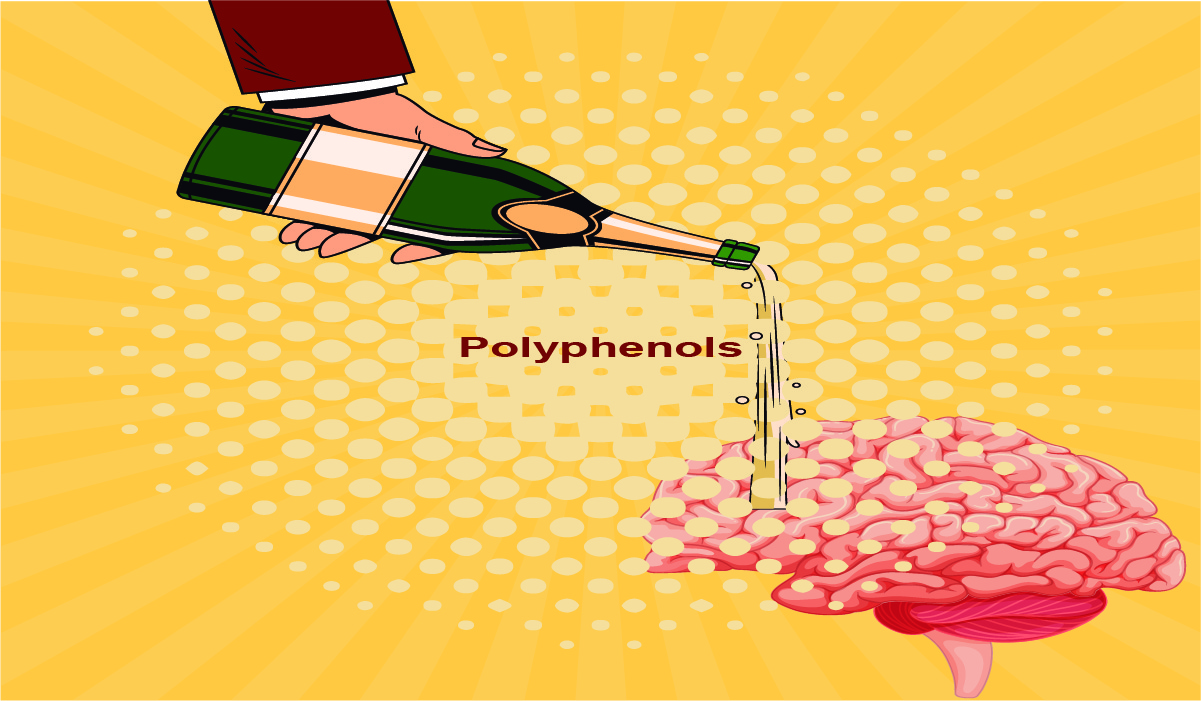By Paula Silva
As the population life expectancies increases, so do the number of people diagnosed with neurodegenerative diseases, which are caused by degeneration of the central nervous system (CNS). This phenomenon, which mainly affects elder individuals, occurs in neurodegenerative diseases such as Alzheimer’s disease (AD), multiple sclerosis (MS), Parkinson’s disease (PD), amyotrophic lateral sclerosis (ALS). Oxidative stress is a molecular mechanism of pathogenesis common to several neurodegenerative diseases. As other highly metabolically active cells, in neurons there is a constant production and elimination of reactive oxygen species (ROS). An unusual loss of antioxidant protection or increase in ROS can lead to its accumulation and ensuing cellular damage through oxidation of lipids and proteins. High levels of ROS can also cause nuclear DNA and RNA oxidation, which can lead to cellular dysfunction and apoptosis. Accumulated oxidative damage of DNA and RNA has been observed in AD, PD, and ALS (1).
Polyphenols display antioxidant properties (2). Red wine contains a polyphenols mixture that are responsible for health beneficial effects of moderate wine consumption, including in neurodegenerative diseases (3). Sparkling wines exhibit low polyphenol content and a low antioxidant potential in comparison to red wine (4). The beneficial effects of sparkling wine polyphenols in health are only starting to be explored. Satue-Gracia et al. (5) carried out one of the first studies in this field, using de-alcoholised Cava sparkling wines, and showed their antioxidant activity in a low-density lipoprotein system, which was positively correlated with the total phenolic content, trans-caffeic acid, coumaric acid, protocatechuic acid and quercetine-3-glucuronide.
In a further intervention study, the moderate consumption of Cava wines decreased inflammatory markers of atherosclerosis (6). Vauzour et al. (7) have also shown potential neuroprotective activity against peroxynitrile-induced injury of Champagne wine extracts at low concentrations (0.1 mg/L) that was mainly related to the tyrosol, caffeic and gallic acid content. More recently, it was shown that the hydroxycinnamates caffeic acid and p-coumaric acid, the hydroxyphenethyl alcohol, tyrosol, and a Champagne wine extract rich in these components protect neurons against injury induced by 5-S-cysteinyl-dopamine in vitro. It was also shown that the protection induced by these polyphenols was equal to or greater than that observed for the flavonoids, (+)-catechin, (-)-epicatechin and quercetin (8).
Given the wide spectrum of mechanisms involved in degeneration of neurons, I think that combinatorial approaches represent the most promising strategy for preclinical assays, so the administration of a sparkling wine polyphenol extract could present synergistic/additive interactions. In my opinion, is necessary to evaluate the effects of sparkling wine polyphenols and of polyphenolic mixture in neuron cell cultures. Also, the biochemical and histopathologic features in a rodent model(s) should be scrutinized after a polyphenolic mixture administration. Finally, to explore the use of this(ese) rodent model(s) to study neurodegenerative diseases, a cross sectional study with human samples must be used to examine the expression of oxidative stress markers to compare the results obtained in rodent samples.
References
(1) Neurodegenerative Disorders: Springer; 2016. p. 1-12.
(2) Current Opinion in Food Science. 2016;8:33-42.
(3) Maturitas. 2015;80(1):3-13.
(4) Food Chemistry. 2011;125(2):288-306.
(5) Journal of Agricultural and Food Chemistry. 1999;47(6):2198-202.
(6) The Journal of Nutrition. 2007;137(10):2279-84.
(7) Journal of Agricultural and Food Chemistry. 2007;55(8):2854-60.
(8) Archives of Biochemistry and Biophysics. 2010;501(1):106-11.

